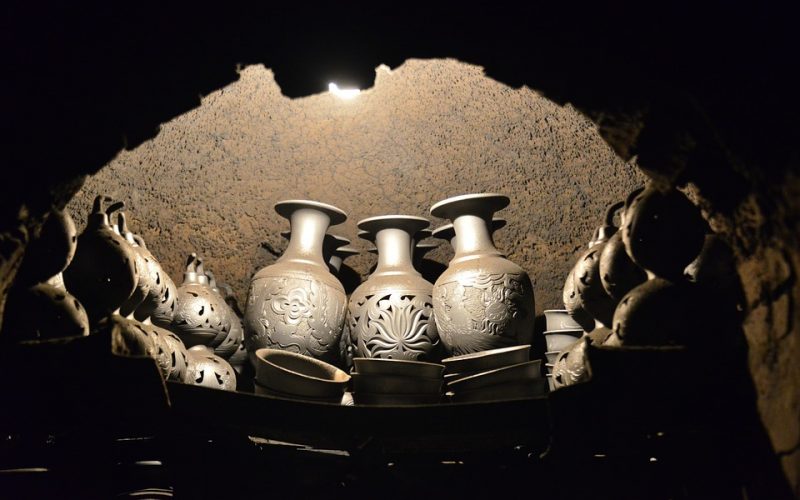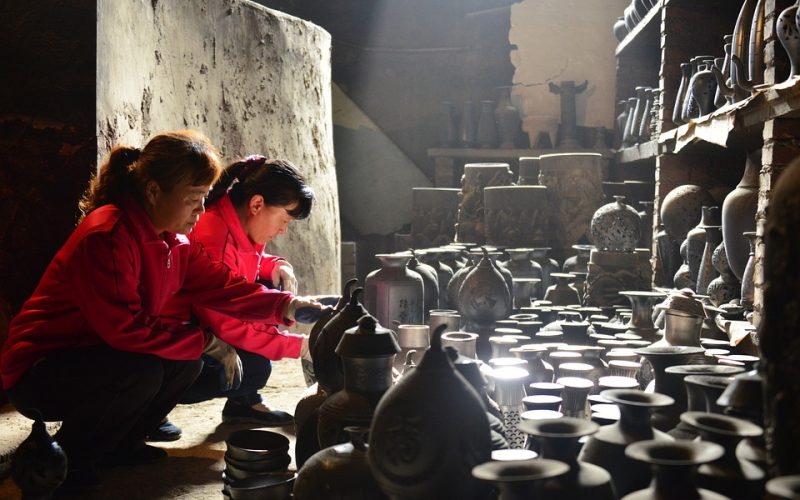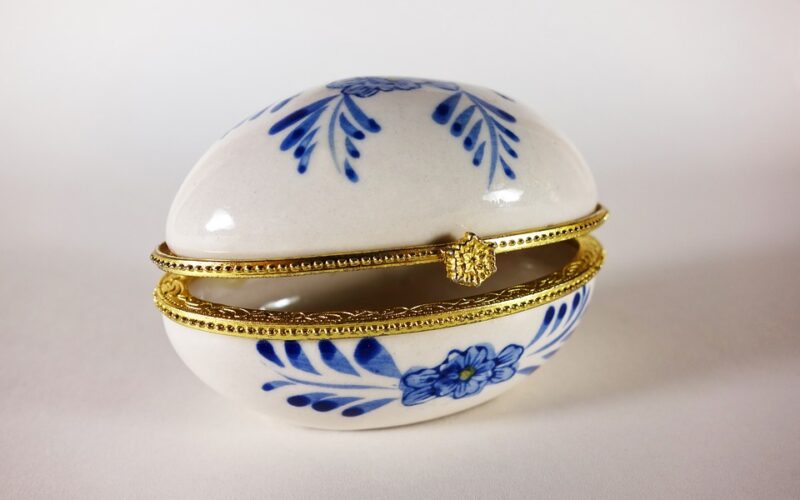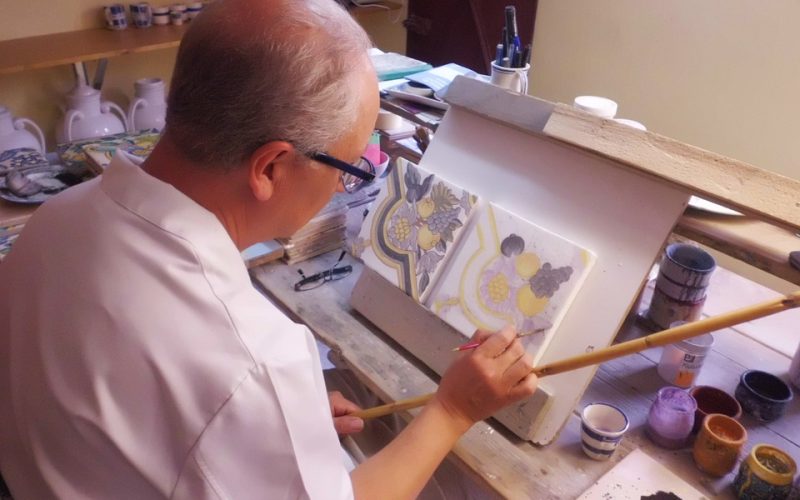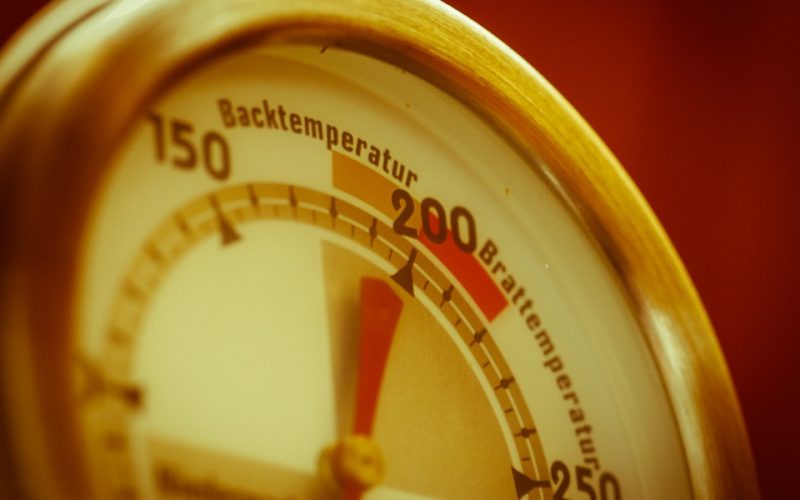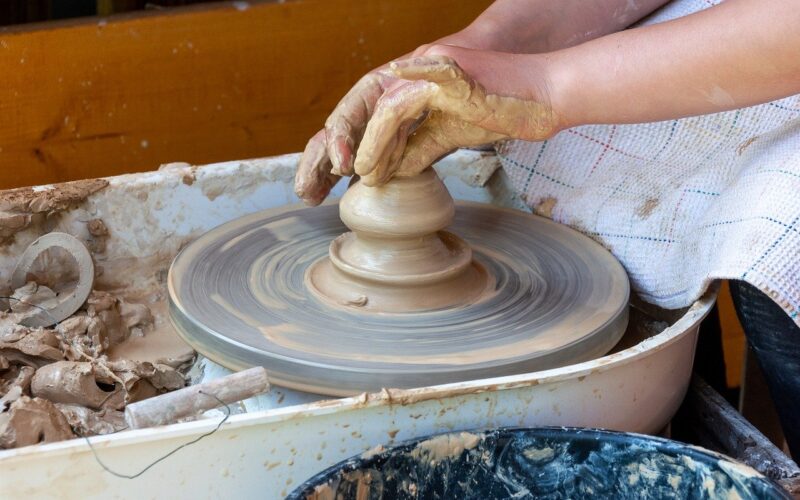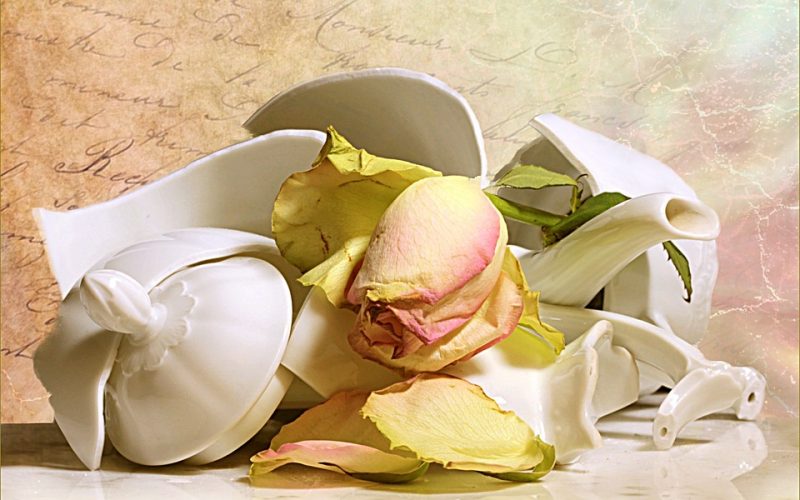The Basic Working of a Pottery Kiln
Pottery kilns are more or less ovens for heating clay and ceramic pottery. They function much the same as the oven in a home kitchen. Just as if a person is baking a cake, the ingredients are heated to form a new substance. Instead of cake, the pottery kiln produces ceramics. It works on a much higher level of heat than a kitchen oven, but the basic comparison is still the same. A person takes a recipe with flour, butter, salt, baking powder, milk and eggs. When these ingredients are combined, they make a batter, but they are not yet cake. They require the concentrated heat of the oven to rise and form the substance that is consumed, generally with frosting, and known as cake.
As with cake, ceramics have properties that are very different from the original ingredients. Like cake batter, clay has relatively high water content. While clay must dry and harden before firing, there is still nearly 15% water within the piece. Cake batter and clay will both have the water driven out of them by high heat. Once this has occurred, cake forms in the home oven. Clay takes a bit longer to turn into ceramic when heated in a kiln.
After the water has been driven out, and the temperature has risen higher, part of the clay begins to turn into glass. These minute pieces of glass then melt into the clay and form crystals. This is the point where the piece is considered a ceramic. As the temperature continues to rise toward 1200 degrees Fahrenheit, any carbon and sulfur in the clay begins to burn off. This helps seal the outside of the ceramic and make it impermeable. Once the temperature rises over 1000 degrees, sintering begins. This is where the structure cements itself into the hardened material known as bisque.
Once a ceramic piece has been fired into bisque, it is allowed to cool. Decorating and glazing are the next steps in the process. To speed up the decorating, ceramic decals and ceramic transfers may be applied at this time to create a pattern, or the piece may be hand painted. Once the decoration is done, a layer of glaze is painted over the outside of the piece and it is fired again in the kiln.
